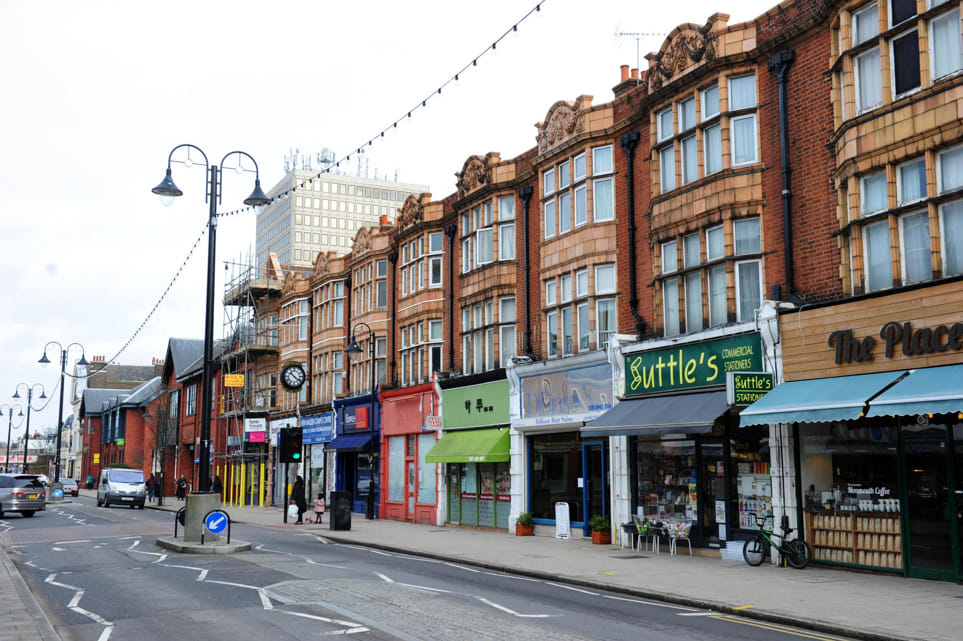Unlocking the Charm: A Comprehensive Guide to Kingston and New Malden Planning Permissions
Nestled in the serene landscapes of South West London, Kingston’s and New Malden radiate an old-world charm intertwined with modern aspirations. As the allure of these locales continues to captivate both residents and investors alike, navigating the intricacies of planning permissions becomes imperative. Whether you’re envisioning a quaint cottage renovation or a contemporary commercial venture, understanding the regulatory framework is pivotal. In this comprehensive guide, we delve into the labyrinth of Kingston and New Malden planning permissions, unveiling the key insights and intricacies to pave your path to architectural aspirations.
Understanding the Terrain: Kingston and New Malden in Context
Before embarking on your architectural odyssey, acquainting oneself with the unique landscape and heritage of Kingston and New Malden is paramount. Blessed with an eclectic mix of architectural styles ranging from Victorian townhouses to contemporary marvels, these locales embody a rich tapestry of history and innovation. From the picturesque River Thames weaving its way through Kingston to the verdant expanses of Richmond Park, the backdrop serves as a canvas for architectural ingenuity.
Deciphering the Regulatory Framework
Navigating the realm of planning permissions necessitates a nuanced understanding of the regulatory framework governing Kingston and New Malden. The cornerstone of this framework lies in the borough’s Local Plan, a blueprint delineating the vision for sustainable development and preservation of heritage. Collaborating closely with the Royal Borough of Kingston upon Thames, prospective developers are guided by policies aimed at striking a delicate balance between progress and conservation.
Types of Planning Permissions
Embarking on your architectural venture warrants a discerning appraisal of the diverse array of planning permissions available. From the foundational outline planning permission laying the groundwork for overarching development schemes to the intricate nuances of listed building consents safeguarding historical treasures, each facet demands meticulous attention. Furthermore, the advent of permitted development rights offers a streamlined pathway for certain alterations and extensions, subject to specified criteria.
Navigating the Application Process
The journey towards securing planning permissions unfolds through a structured application process intricately woven with procedural intricacies. Commencing with the submission of a comprehensive planning application encompassing detailed architectural drawings and impact assessments, developers embark on a collaborative dialogue with planning authorities. This iterative process often entails consultations with stakeholders and may necessitate amendments to align with regulatory guidelines. Engaging in proactive communication and harnessing the expertise of seasoned planning consultants proves instrumental in navigating potential hurdles and expediting approvals.
Embracing Sustainability and Innovation
In an era characterized by environmental consciousness and technological innovation, integrating sustainable practices into architectural endeavors assumes paramount significance. The borough’s commitment to environmental stewardship is underscored by policies championing renewable energy initiatives, green infrastructure, and carbon-neutral development. Harnessing the potential of cutting-edge technologies, such as Building Information Modeling (BIM) and passive design principles, empowers developers to craft spaces that resonate with both ecological sensibilities and contemporary aesthetics.
Cultivating Community Engagement
Beyond the realm of regulatory compliance lies the essence of community engagement, an integral facet shaping the fabric of architectural endeavors. Embracing a collaborative approach fosters a sense of belongingness and ensures that development initiatives resonate with the aspirations of local residents. From hosting public consultations to soliciting feedback through digital platforms, fostering an inclusive dialogue cultivates a sense of ownership and imbues projects with a sense of authenticity reflective of community ethos.
Conclusion: Paving the Path to Architectural Excellence
As the tapestry of Kingston and New Malden continues to evolve, navigating the intricacies of planning permissions emerges as a cornerstone in the architectural journey. By embracing a holistic approach anchored in regulatory compliance, sustainability, and community engagement, developers embark on a transformative odyssey poised to unlock the latent charm of these cherished locales. With diligence, creativity, and a reverence for heritage, the architectural landscape of Kingston and New Malden stands poised to transcend boundaries and inspire generations to come.



Comments are closed